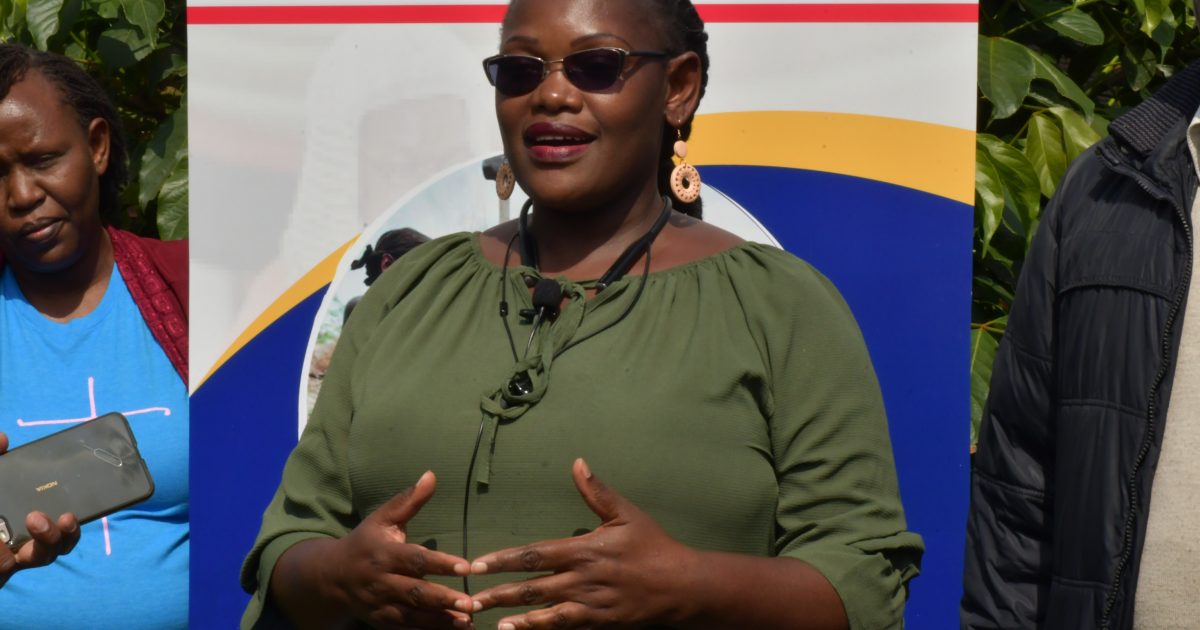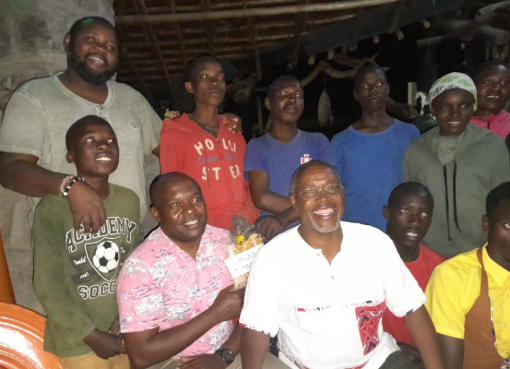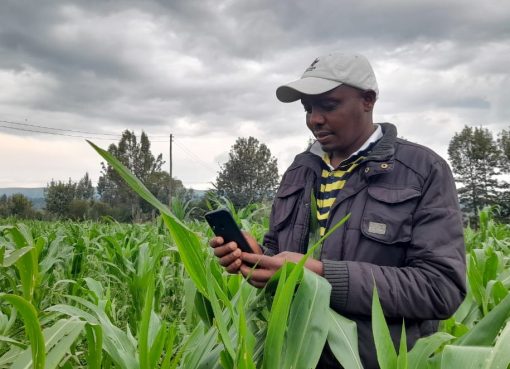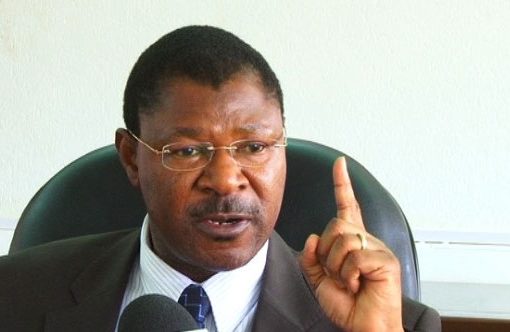Stakeholders in childcare and protection have decried lack of clear data on child labour, which has made it difficult to address the menace in the country.
Executive Director at Childline Kenya, a Non-Governmental Organization (NGO) Martha Sunda said some of our cultural beliefs and practices do not differentiate between child responsibility at home and labour which is a deprivation of the children’s rights.
She noted data on child labour in the country was inadequate thus making it difficult to eliminate this vice the country.
“It`s estimated there are over 1.3million children in child labour in the country, but only a few cases are reported due to lack of clear knowledge and awareness on child labour and this what has led to the vacuum in data on child labour,” she said.
Sunda was speaking in Naivasha during a stakeholders’ meeting to draft indicators to be used in identifying forms of child labour and collect data on incidences of child labour in Kenya.
The initiative is sponsored by the International Labour Organization (ILO) through a programme called Capacity Strengthening of Governments to Address Child Labor and/or Forced Labor, and Violations of Acceptable Conditions of Work in Sub-Saharan Africa (CAPSA).
The Executive Director observed that due to lack of awareness, many of people do not report cases of child labour and all stakeholders have resolved to carry out sensitization of the community on the vice as a way of curbing it.
“We should come up with a proper definition of what is child labour so that we educate our communities to know the divide between a child`s responsibilities and child labour, for instance when a child is missing out on school to take care of livestock,” Sunda said.
The Deputy Director in charge of Child Protection at the Directorate of Children Services Mwambi Mongare on his part said they had come up 21 indicators to be used to collect data so that the country has accurate information on the vice and added that they had come up with an Information System (IS) where this data will be uploaded to be accessed by stakeholders who need it.
He called for concerted efforts by all and stakeholders in ending child labour in the country, and added that a central approach as well as awareness creation is also needed on all workers such as children`s and labour officers for them to know how to identify these cases.
ILO Senior Officer in the CAPSA programme Andrew Adete said for the last four years, the programme has been helping African Governments to come up with polices to end child labour.
“We have been doing capacity building for children’s officers and labour officers in order to equip them with knowledge and expertise in identifying and handling issues of child labour,” he said, adding that ILO will work with them to come up with adequate and comprehensive data unlike in the past where multiple stakeholders have been collecting their own data using different parameters.
Children around the world, particularly in Africa, are deprived of their childhood, education, and future prospects due to their engagement in work that compromises their abilities grow and develop to maturity.
Globally, an estimated 160 million children are said to be engaged in child labour, with Africa bearing the highest burden. This has been triggered by; lack of access to quality education, and weak enforcement of labour laws, adding that addressing these challenges requires comprehensive and innovative approaches.
Kenya as a Member of the International Labour Organization (ILO), is obligated to fulfill all the requirements of not only Convention Number 182 on Elimination of Worst Forms of Child Labour and but also on Convention Number 138 on Minimum Age of admission into employment.
By Mabel Keya





